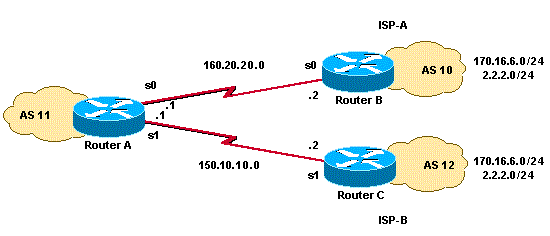

load balancers, allow you to use multople internet connections, and will generally double the overall throughput of your network, however, they will not increase the download speed of a single connection, or a single download. The backup rules allow traffic to go through the ISP that has connectivity in case either were to fail.Dual- wan (multi- wan) routers, a.k.a. Rule 1 and Rule 2 perform the same action as Example 1. In this case, PBF is used to forward traffic out of a particular interface based on the sourceĪ backup is configured if the ISP goes down.

In this scenario, all traffic from subnet 192.168.1.0/24 is forwarded out of Ethernet 1/3, and subnet 172.16.1.0/24 is forced out of Ethernet 1/4. In this case, PBF is used to force traffic from different subnets through the respective ISP. Create a static route with a normal metric.Disabling the PBF rule allows the virtual router to take over the routing decisions. When the monitored IP address is unreachable, the user can either disable the PBF rule or specify a fail-over or wait-recover action. The firewall uses ICMP pings as heartbeats to verify that the specified IP address is reachable.Ī monitoring profile allows specifying the threshold number of heartbeats to determine whether the IP address is reachable. P ath monitoring verifies connectivity to an IP address so the firewall can direct traffic through an alternate route. The PBF rule is disabled and the firewall falls back to the static route created in the virtual router, as shown below. When the monitor can no longer reach this IP address, the defined action (fail-over), takes place. In the test config, monitor profile "multiple isp" is used to monitor a public DNS 8.8.8.8. This configuration forces all traffic coming from the 192.168.1.0/24 subnet to egress out of Ethernet 1/3.Ī Monitor Profile is set up to monitor an IP address. Attach a tunnel monitoring profile and set the action as "disable on failure.".Create a PBF rule that forwards traffic to the default gateway.Address translation (NAT) rules are not applied unless a security rule matched the connection, which is why security rules need to be in place for the address translation to work.Application-specific rules are not recommended for use with PBF.

PBF rules are applied either on the first packet (SYN) or the first response to the first packet (SYN/ACK).Policy-Based Forwarding (PBF) allows the user to override the routing table, and specify the outgoing or egress interface based on specific parameters such as source or destination IP address, or type of traffic.The firewall uses the routing table associated with the virtual router to which the interface is connected to perform the route lookup.Normally, the firewall uses the destination IP address in a packet to determine the outgoing interface.ISP Redundancy is used when one service provider is down and all traffic needs to be routed to the remaining service provider.Policy-Based Forwarding (PBF) is used to forward traffic based on the source subnet. ISP Load Balancing is used when more than one internet provider is connected to the firewall.


 0 kommentar(er)
0 kommentar(er)
